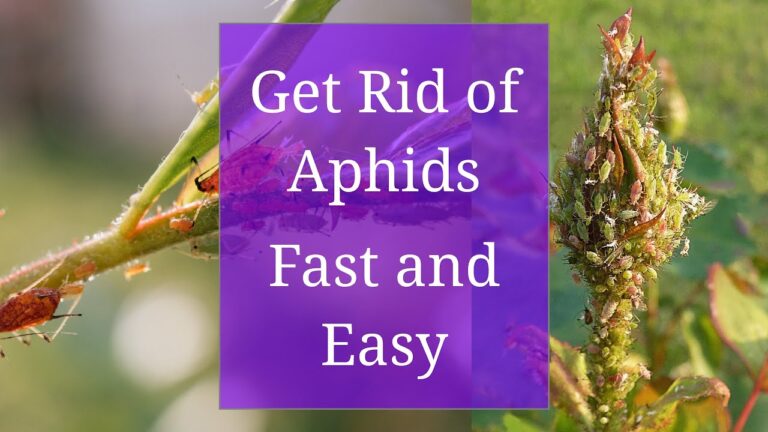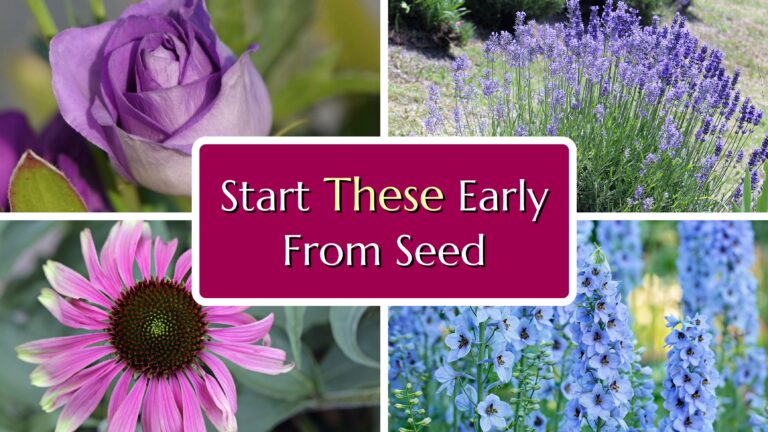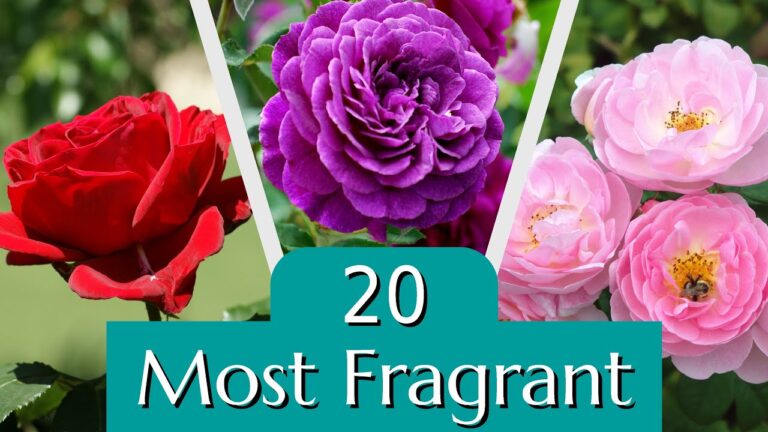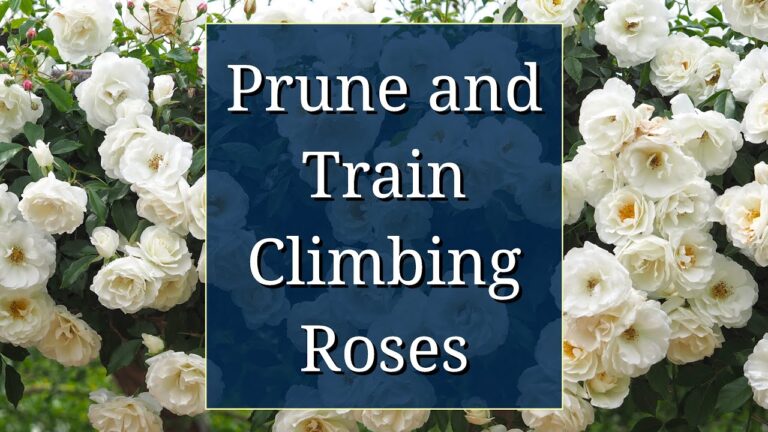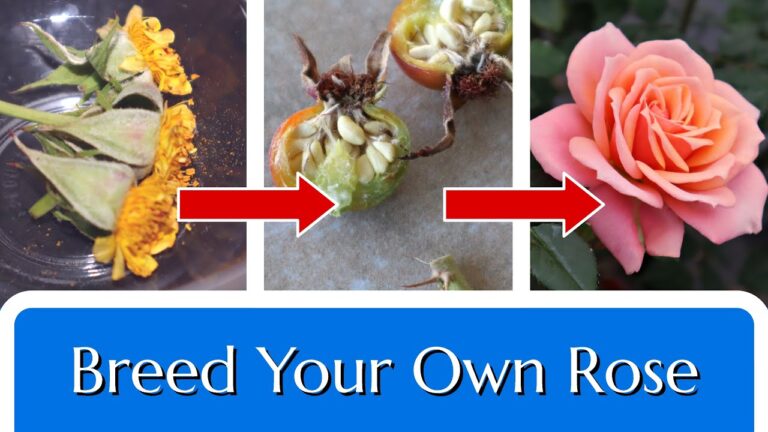Introduction
Old garden roses have connected people to gardening traditions for centuries. Long before modern hybrid tea roses emerged in 1867, these roses filled castle walls, monastery gardens, and country estates. Known for their fragrance and graceful blooms, they’ve been admired by emperors, explorers, and gardeners alike.
While modern roses often prioritize specific forms and frequent blooms, old garden roses offer something different: a direct link to history and a diversity of types, from the soft whites of Alba roses to the densely petaled Centifolias. Each one carries a sense of timelessness.
Growing an old garden rose isn’t just about adding beauty to your garden—it’s about keeping a piece of history alive.
What Are Old Garden Roses?
Old garden roses are the types of roses that people have grown for centuries, long before modern hybrid roses came along. They include roses from ancient civilizations, like those cultivated in Persia and Rome, as well as the classic varieties bred in Europe and Asia through the 1800s.
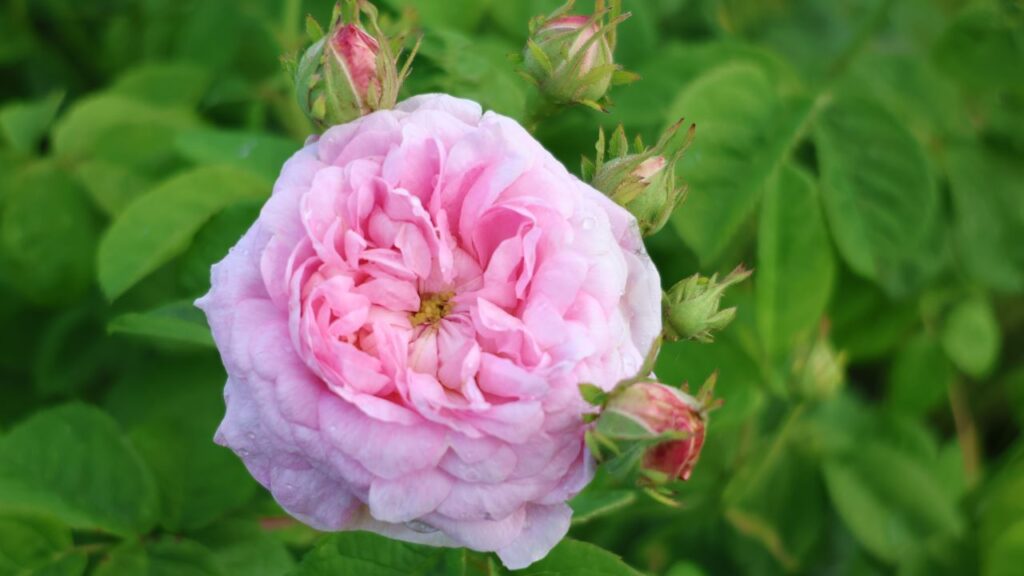
What ties them together is their age—they’re the roses people knew before 1867, when hybrid tea roses started a new chapter in rose breeding. Some are tough and resilient, others more delicate, but all reflect a glimpse of how gardens looked in the past.
Historical Context
Ancient Origins
The history of old garden roses stretches back thousands of years, to the ancient gardens of Persia, China, and the Mediterranean. These roses were valued for their fragrance, practical uses in medicine, and cultural symbolism. Cleopatra famously used rose petals to impress Mark Antony, showcasing their connection to wealth and power.
By the height of the Roman Empire, roses symbolized luxury. Roman elites decorated banquets with rose garlands, perfumed their baths, and scattered petals during public celebrations. The demand was so great that trade routes were dedicated to transporting roses across the empire. This widespread appreciation cemented their importance in European gardening traditions for centuries.
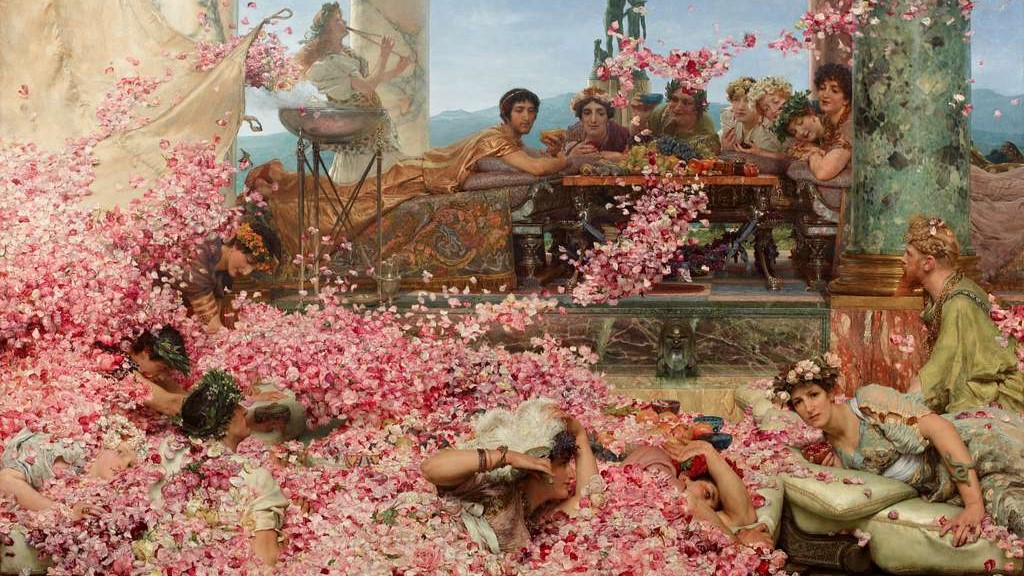
Revival and Transformation
After Rome’s decline, rose cultivation in Europe waned but survived in monasteries, where they were grown for their medicinal properties. The Renaissance sparked a revival, particularly in France and Italy, as breeders sought to develop roses that were not only beautiful but also hardy and diverse. By the 18th century, Chinese roses arrived in Europe, bringing traits like repeat blooming that transformed breeding programs. The Portland rose, an early hybrid, blended European hardiness with the perpetual blooming habit of its Chinese ancestors.
Cultural Shifts
By the mid-19th century, roses were central to European gardens and even influenced culture and politics, such as during the French Revolution. The introduction of hybrid tea roses in 1867 marked a turning point, shifting attention to long stems and pointed buds. Even so, old garden roses maintained a loyal following for their rich scents and natural forms.
Main Classes of Old Garden Roses
Old garden roses are grouped into several distinct classes, each with a unique story, traits, and role in the history of gardening. From the hardy Albas to the transformative China roses, these groups reflect centuries of cultivation, blending cultural traditions and botanical innovation. Here’s a closer look at the main classes, their historical highlights, and some of their most important varieties. For more on rose classifications (including modern roses) here’s a guide by the American Rose Society.
Alba Roses
Alba roses are among the oldest cultivated roses, with roots tracing back to Roman times. Known for their pale blooms, they gained prominence in medieval monastery gardens for their hardiness and medicinal uses. Later, they were celebrated in England’s Wars of the Roses as the “White Rose of York,” symbolizing the House of York.
- Key Traits: Exceptionally hardy, strongly scented, upright shrubs with pale pink or white flowers.
- Important Varieties: ‘Maiden’s Blush’, ‘White Rose of York’.
- Interesting Note: Albas are thought to have resulted from natural hybrids between wild European and Middle Eastern roses, creating a group perfectly adapted to tough growing conditions.
Check here for my video on the topic of Alba Roses.
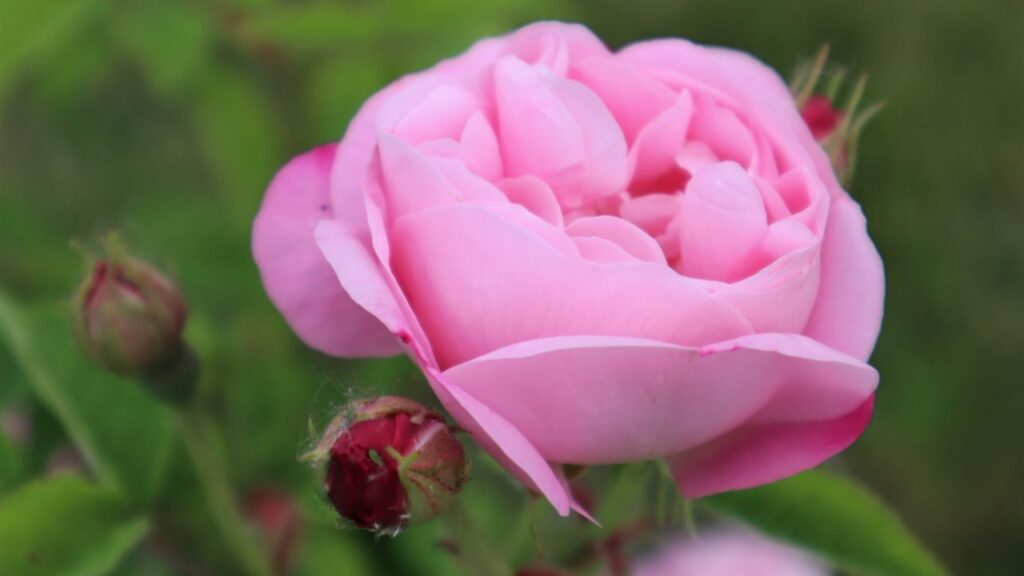
Gallica Roses
Gallica roses are compact shrubs with rich, jewel-toned flowers. They became symbols of status and beauty in Renaissance Europe and were tied to royalty, particularly in France. Their association with medicine also earned Rosa gallica officinalis the nickname “Apothecary’s Rose.”
- Key Traits: Once-blooming, highly fragrant, with flowers in shades of pink, purple, and red.
- Important Varieties: ‘Rosa Mundi’ (Rosa gallica var. versicolor), ‘Apothecary’s Rose’, ‘Charles de Mills’.
- Interesting Note: Rosa gallica officinalis was one of the earliest roses cultivated in medieval Europe, valued not only for its beauty but also for its use in tinctures and salves.
Damask Roses
Renowned for their intense fragrance, Damask roses are thought to have originated in the Middle East, possibly Syria. They were brought to Europe via trade routes and during the Crusades. By the 18th century, Damask roses were widely grown in France, where they became a cornerstone of the perfume industry.
- Key Traits: Highly fragrant, with pink to white blooms; hardy and suited to cooler climates.
- Important Varieties: ‘Ispahan’, ‘Madame Hardy’, ‘Autumn Damask’ (Rosa damascena var. semperflorens).
- Interesting Note: ‘Autumn Damask’ is one of the earliest known repeat-blooming roses, a rarity among old European varieties.
Check here for my video on the Damask Roses.
Centifolia Roses
Centifolias, or “cabbage roses,” were bred in the Netherlands during the 17th century, becoming symbols of wealth and luxury. Their full, many-petaled blooms were immortalized in Dutch still-life paintings, where their lush beauty often represented fleeting abundance.
- Key Traits: Lush, heavily petaled flowers; sprawling, informal growth habit.
- Important Varieties: ‘Fantin-Latour’, ‘Gros Choux d’Hollande’.
- Interesting Note: The name Centifolia means “hundred petals,” a nod to their densely packed blooms that make their once-a-year flowering a spectacular garden event.
Check here for my video on the Centifolias and Moss Roses.
Moss Roses
Moss roses are a quirky offshoot of the Centifolias, developed in the 18th century. Their most distinctive feature is the moss-like growth on their buds and stems, which was admired in Victorian times for its decorative and tactile appeal.
- Key Traits: Heavily fragrant blooms with a mossy texture on buds and stems.
- Important Varieties: ‘Henri Martin’, ‘William Lobb’.
- Interesting Note: The “moss” on these roses is actually a glandular growth that exudes a sticky, aromatic resin, adding both visual and sensory interest.
China Roses
China roses arrived in Europe in the late 18th century and forever changed rose breeding. Unlike European roses, which bloomed once a season, Chinas were true reblooming roses, flowering multiple times a year. They also introduced novel colors, such as deep reds and yellows, to European gardens.
- Key Traits: Small, delicate flowers; repeat blooming; less hardy in cold climates.
- Important Varieties: ‘Old Blush’, ‘Slater’s Crimson China’.
- Interesting Note: The introduction of China roses paved the way for modern rose breeding, blending their repeat-blooming genes into countless hybrids.
Bourbon Roses
Bourbons originated on Île Bourbon (now Réunion) in the Indian Ocean as a natural hybrid between Damask and China roses. They combine the fragrance of Damasks with the reblooming habit of Chinas, creating vigorous, often sprawling shrubs.
- Key Traits: Repeat-blooming, highly fragrant, and vigorous growth.
- Important Varieties: ‘Souvenir de la Malmaison’, ‘Zéphirine Drouhin’.
- Interesting Note: ‘Souvenir de la Malmaison’ is one of the most famous Bourbon roses, celebrated for its lush, pale pink flowers and rich perfume.
Portland Roses
Portlands were one of the first groups to reliably combine compact growth with repeat flowering, making them a stepping stone toward modern hybrid roses. Their history is tied to the Duchess of Portland, who is believed to have introduced the first of this type to England.
- Key Traits: Repeat-blooming, compact growth, and strongly scented flowers.
- Important Varieties: ‘Comte de Chambord’, ‘Duchess of Portland’.
- Interesting Note: Portlands were one of the last major classes of roses developed before the introduction of hybrid teas, bridging old garden roses with the modern era.
Here’s my article for the Portland Roses.
Benefits of Growing Old Garden Roses
Old garden roses bring more than beauty to a garden—they offer unique qualities that set them apart from modern roses. For gardeners who value resilience, character, and a connection to history, these roses are an excellent choice.
One of their most celebrated traits is fragrance. While modern roses often prioritize specific bloom shapes or colors over scent, OGRs retain the rich, heady aromas that made roses famous. Whether it’s the spicy perfume of a Damask or the sweet, complex scent of a Bourbon, these roses remind us why they’ve been cherished for centuries.
OGRs are also remarkably durable. Hardy classes like Albas and Gallicas have thrived in tough climates for generations, surviving neglect and conditions that would challenge many modern varieties. Even roses prone to blackspot or mildew tolerate these issues well, continuing to grow and bloom despite imperfect foliage. Once established, they are low-maintenance, making them ideal for gardeners who prefer less fuss.
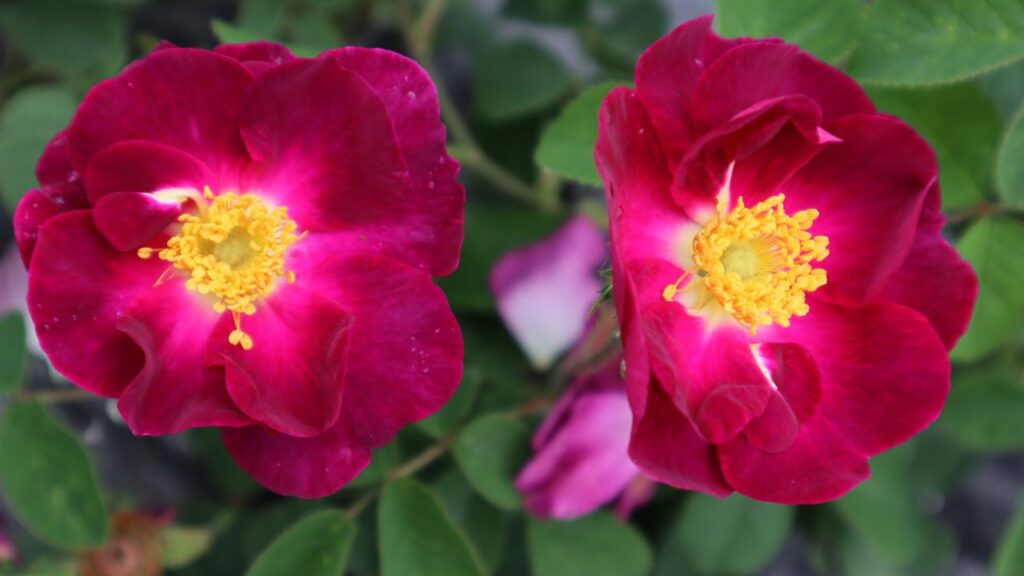
Their natural growth habits are another perk. Most OGRs grow as shrubs, making them versatile for hedges, mixed borders, or cottage gardens. Unlike modern roses bred for neat flower beds, OGRs embrace a more unstructured growth style, adding a touch of romance to any landscape.
Finally, there’s the satisfaction of growing something timeless. These roses, passed down through generations, have earned their place in history through centuries of cultivation. Growing an old garden rose is like planting a piece of living history in your backyard.
Challenges and Considerations
As much as there is to love about old garden roses, they aren’t without their quirks. For one, not all OGRs are disease-resistant, despite what some guides might suggest. Many tolerate diseases like blackspot or mildew reasonably well, but certain varieties, such as ‘Zéphirine Drouhin’, can be highly susceptible. Understanding your garden’s conditions and choosing varieties suited to them is key.
Space is another factor. Many old garden roses grow much larger than modern varieties, and some, like Gallicas, sucker aggressively, forming thickets if left unchecked. This natural growth habit makes them better suited to informal garden designs than structured rose beds.
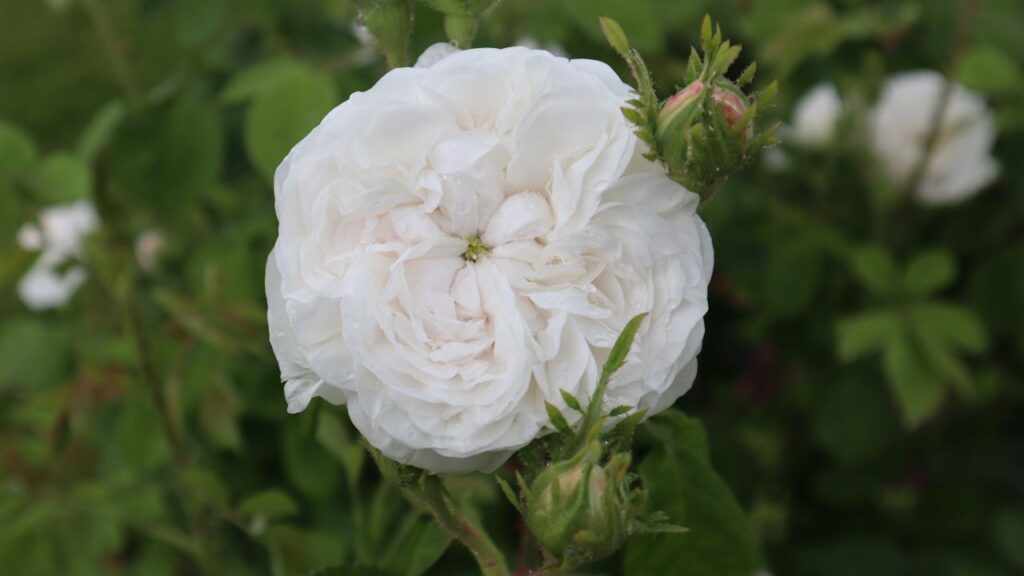
The blooming habits of OGRs are also worth considering. While Chinas and Bourbons offer reliable repeat flowering, many others, like Damasks or Centifolias, bloom just once a season. Their once-a-year display is spectacular but requires a mindset that values seasonal rewards over constant blooms.
Lastly, sourcing can be a challenge. While modern roses are easy to find at garden centers, old garden roses often require searching out specialty nurseries or mail-order sources. The effort is worth it, but it’s something to keep in mind if you’re new to growing roses.
How to Incorporate Old Garden Roses in Your Garden
Old garden roses shine in informal settings where their natural growth habits can take center stage. They’re perfect for cottage-style gardens, mixed borders, or as hedges. Their loose, sprawling forms create a romantic, old-world feel that pairs beautifully with companion plants like lavender, delphiniums, and catmint.
To get the best from these roses, it’s often a good idea to plant them on their own roots. Many old garden roses perform beautifully this way, developing stronger, more resilient plants over time. Pruning needs are minimal—focus on removing dead or damaged wood and shaping lightly after their bloom cycle.
For climbing varieties like Bourbons or Noisettes, consider training them along walls, fences, or pergolas. Their vigorous growth will reward you with cascades of flowers in their natural, unforced style.
Modern Applications and Revival Efforts
In recent years, old garden roses have seen a resurgence among gardeners who value sustainability, history, and natural beauty. Their role in heritage gardening is central—cultivating these roses helps preserve varieties that might otherwise fade into obscurity.
Nurseries and rose societies have played a huge role in keeping OGRs accessible. Specialty growers focus on maintaining authentic stock, while rose societies promote education and interest in these historical treasures. Programs encouraging gardeners to grow pollinator-friendly plants have also highlighted OGRs, as their open, old-fashioned blooms are often more accessible to bees and butterflies than modern hybrids.
Even in contemporary gardens, these roses are finding a place. Their blend of charm, fragrance, and history appeals to gardeners who want something meaningful and lasting. Whether as a statement shrub, a fragrant climber, or part of a mixed border, OGRs are proving that their timeless appeal still has a place today.
Conclusion
Old garden roses are more than just plants—they’re living pieces of history, carrying the stories of gardeners, breeders, and centuries of cultivation. Their beauty, fragrance, and resilience make them as relevant today as they were hundreds of years ago.
If you’re looking for a rose with character and a story to tell, try growing an old garden rose. Whether you’re drawn to the hardy Albas, the fragrant Damasks, or the endlessly blooming Chinas, there’s an old garden rose that’s perfect for your garden. In choosing one, you’re not just planting a rose—you’re connecting to a legacy that’s shaped gardens for generations.

